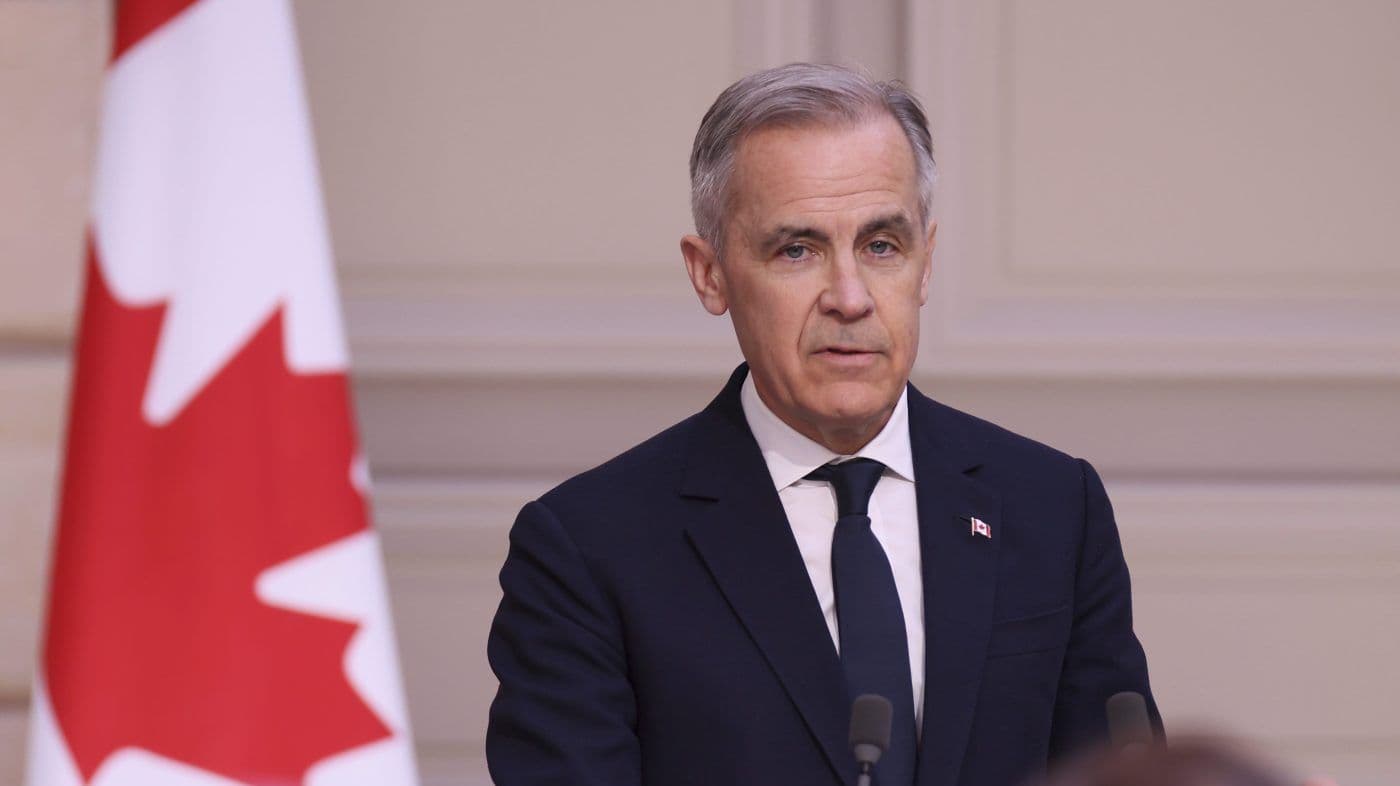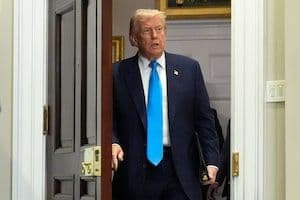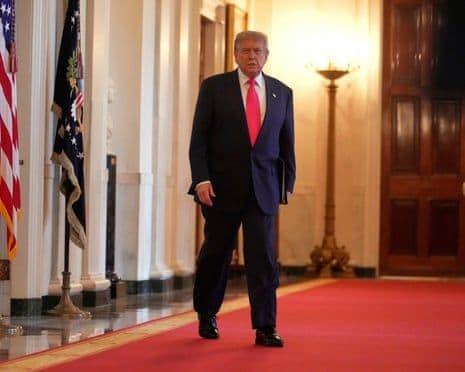The Tariff Tightrope: Navigating US-Canada Trade Amidst Political Crosswinds
Navigating the complex US-Canada tariff landscape. Explore dual duties, political motivations, and USMCA's vital role as North America's economic shield. Essential insights.

Washington's Evolving Tariff Strategy: A Dual Approach
Washington's trade policy has recently undergone a significant transformation, introducing a dual tariff strategy that profoundly impacts . This new approach combines industry-specific protectionist measures with broader, politically charged levies. The administration has re-imposed Section 232 tariffs, targeting sectors like steel and aluminum with a 50-per-cent duty, and threatening similar duties on auto imports (25-per-cent), copper products (50-per-cent), lumber, pharmaceuticals, and semiconductors. These measures aim to safeguard domestic industries and signal a persistent commitment to protectionism. Concurrently, a controversial 25-per-cent 'fentanyl tariff' has been introduced. While seemingly a blanket measure, it includes a crucial exemption for goods compliant with the . This two-pronged strategy reveals a strategic pivot where trade tools are deployed not just for economic protection but also to achieve wider political objectives, establishing a less predictable, yet highly impactful, precedent for cross-border commerce and international relations.

USMCA: The Unsung Economic Buffer for North America
Amidst the escalating rhetoric of new tariffs, the has quietly emerged as North America's vital economic buffer, effectively preventing a widespread recession. Its critical exemption for compliant goods has proven indispensable for Canadian exports, significantly mitigating the 'fentanyl tariffs.' Recent data from May showed nearly 60 per cent of Canadian goods entering the were USMCA-compliant, a figure the projects could optimistically rise to 95 per cent as businesses adapt their supply chains and administrative processes. 's experience mirrors this, with over 84 per cent of its trade with the already USMCA-compliant and thus exempt. Without this crucial exemption, economic experts warn of a "full-blown recession." This demonstrated resilience, however, underscores the importance of 's strategic preparations for the USMCA's formal renewal in 2026. This upcoming review offers a structured platform to address long-standing grievances, including automobile content rules, supply-managed dairy sector, and the ongoing softwood lumber dispute, issues that complicate the current, more politically driven, negotiations.

Beyond Commerce: Geopolitical Drivers of U.S. Trade Policy
The current tariff environment extends far beyond traditional economic protection, deeply intertwined with geopolitical objectives and a distinct evolution in trade policy. The 'fentanyl tariff,' for example, functions less as a genuine border control measure and more as a tool for political leverage. Despite limited fentanyl entering the via the northern border, the tariff is framed as a response to alleged failure to curb illicit drug flows, serving as a thinly veiled pressure tactic. This approach aligns with a broader pattern observed in dealings with other major trade partners like the , , and , where agreements consistently retain 'base-level' tariffs, typically ranging from 10 to 20 percent. These deals often include demands for increased investment in the and commitments to purchase more American products. Insiders reveal that ongoing negotiations are not the expert-led technical discussions characteristic of past trade agreements, but rather high-level political dialogues, resembling a business deal where overarching terms are set politically, with details to follow. This signifies a more transactional, politically driven approach, where tariffs are potent bargaining chips in a larger geopolitical game.

Canada's Strategic Response: Resilience and Engagement
In response to these multifaceted pressures, has adopted a strategy defined by resilience, adaptation, and an unwavering commitment to diplomatic engagement. Despite the administration's deadlines and demands, Canadian negotiators have clearly signaled their intention to persist in discussions, even beyond initial cut-off dates. This steadfastness reflects a pragmatic understanding that industry-specific Section 232 tariffs are likely to become a permanent fixture of the trade landscape, necessitating long-term strategic adjustments. economic resilience is evident in how businesses are rapidly adapting to the new reality. Companies are actively reconfiguring supply chains and documentation to enhance compliance, a critical move given the exemption's role in staving off a recession. While acknowledging the constructive nature of current discussions, is also looking ahead to the 2026 renewal, viewing it as a more formal and comprehensive venue to address entrenched issues like automobile content rules, dairy, and softwood lumber. Furthermore, has shown openness to potentially including purchase and investment commitments in any future deal, mirroring concessions made by other trade partners. This strategic patience and willingness to adapt underscore determination to navigate the 'tariff tightrope' while preserving its vital economic partnership.
Future Outlook: The Canada-U.S. Economic Partnership
Looking ahead, the economic partnership is poised to remain a complex paradox: simultaneously under significant pressure yet demonstrating remarkable resilience. The prognosis suggests that industry-specific Section 232 tariffs, impacting goods like steel, aluminum, and potentially copper, lumber, and pharmaceuticals, are likely to persist, establishing a new baseline for cross-border trade. However, the broader economic impact of the politically charged 'fentanyl tariffs' will largely be mitigated by the crucial exemption, which Canadian and Mexican businesses are increasingly leveraging. The 's projection of Canadian goods reaching 95 per cent compliance by some estimates offers a substantial buffer against widespread economic disruption. The true test for the partnership will likely arrive with the formal review of the in 2026. This renewal mechanism will provide a structured, albeit potentially contentious, platform to address long-standing trade irritants that current political-level discussions are unlikely to fully resolve. may also face continued pressure to make commitments regarding investment and product purchases, a trend observed in other trade agreements. Ultimately, the resilience of the economic relationship hinges on the continued effectiveness of the exemption and strategic agility in adapting to a trade policy that prioritizes political leverage and domestic interests, even at the expense of traditional free trade ideals.
Related Articles

The Fentanyl Factor: Unpacking Trump's Latest Tariff Play Against Canada

The Fentanyl Factor: Unpacking Trump's Latest Tariff Play Against Canada

Trade Shockwaves: How Trump's Tariffs Reshaped Canada's Economic Compass

Trade Shockwaves: How Trump's Tariffs Reshaped Canada's Economic Compass

The Reciprocal Ripple: Unraveling Trump's Trade Gambit on the Global Stage

The Reciprocal Ripple: Unraveling Trump's Trade Gambit on the Global Stage

When Icons Clash: Reagan's Ghost and the High Stakes of Trump's North American Trade War
